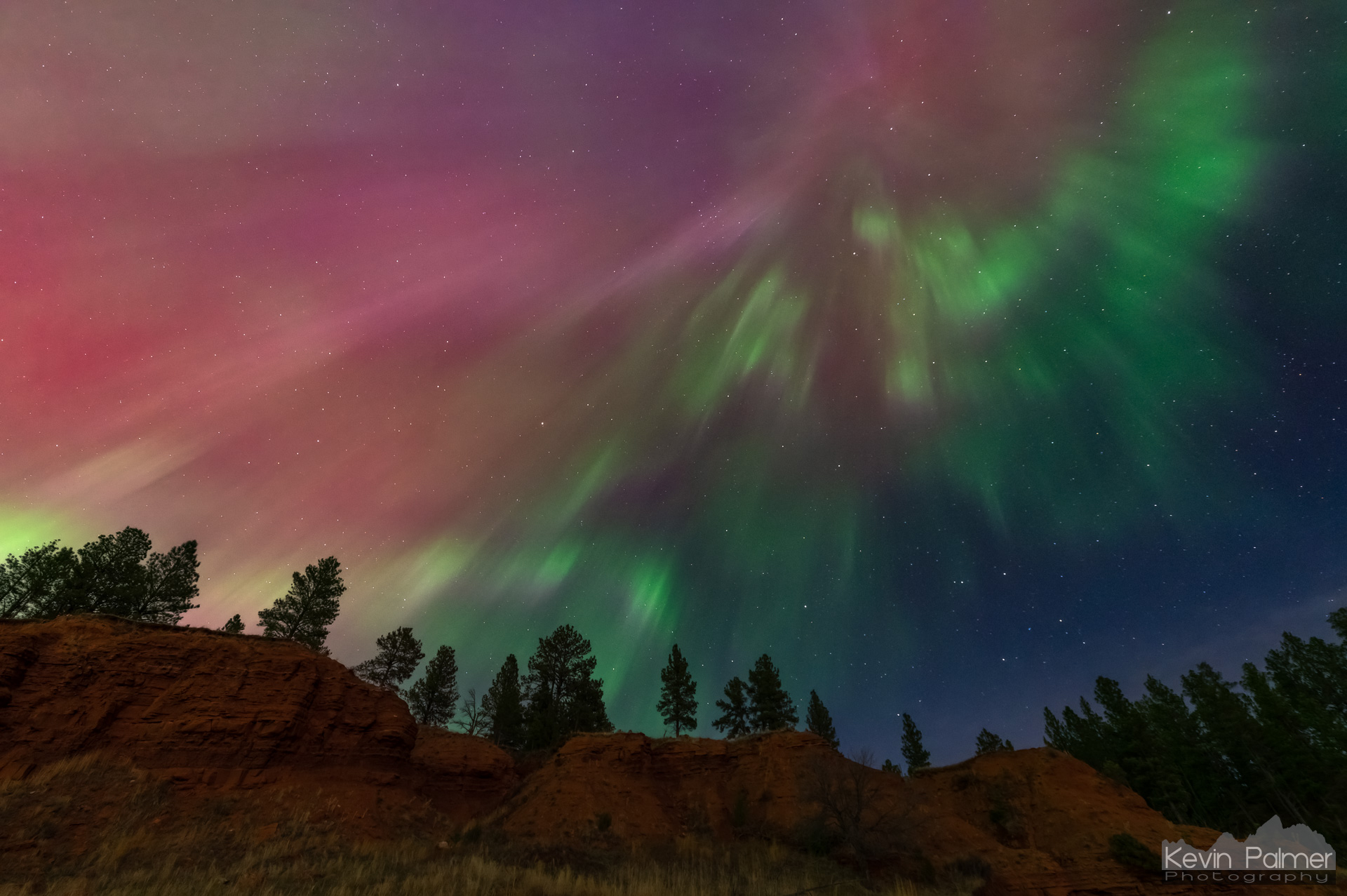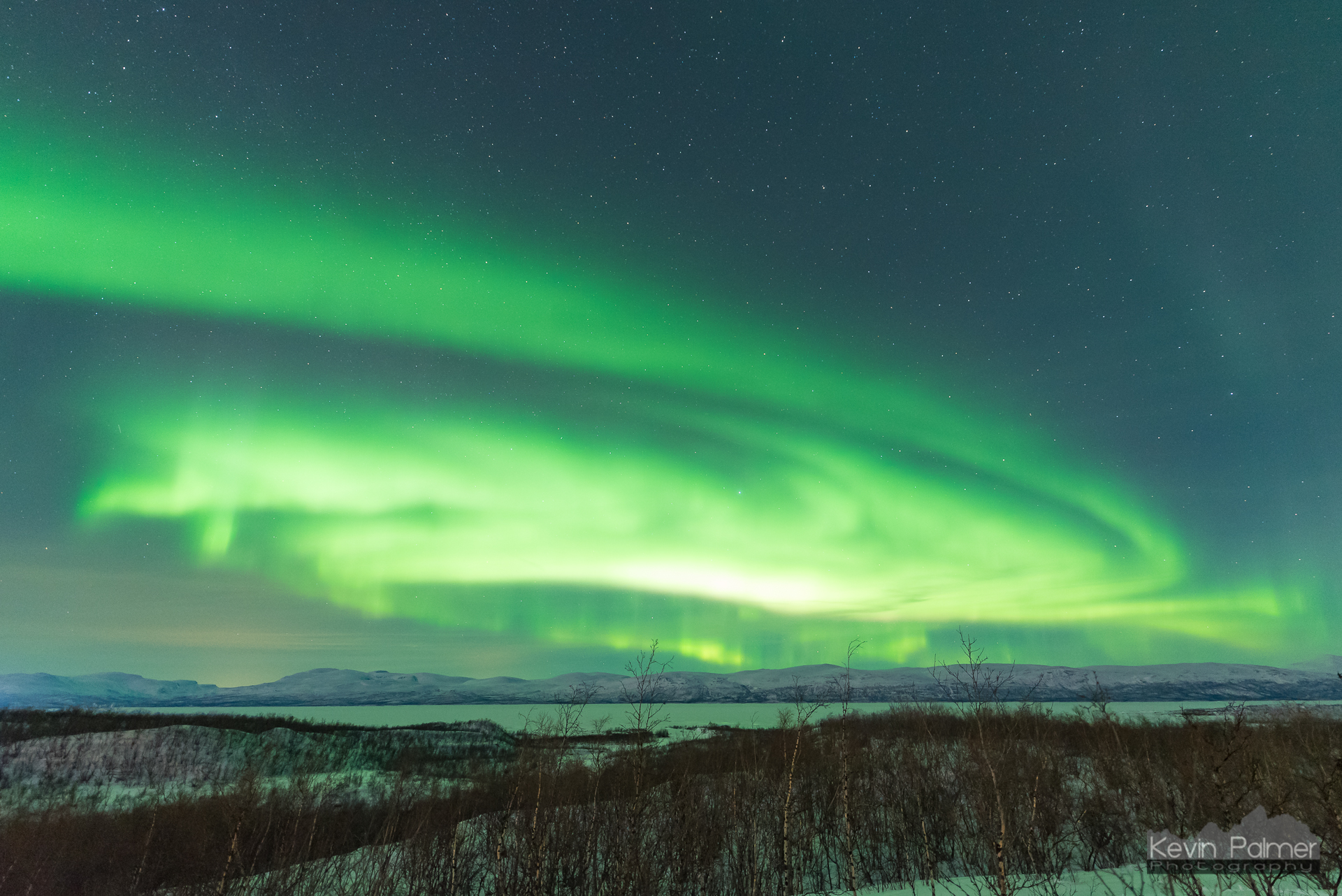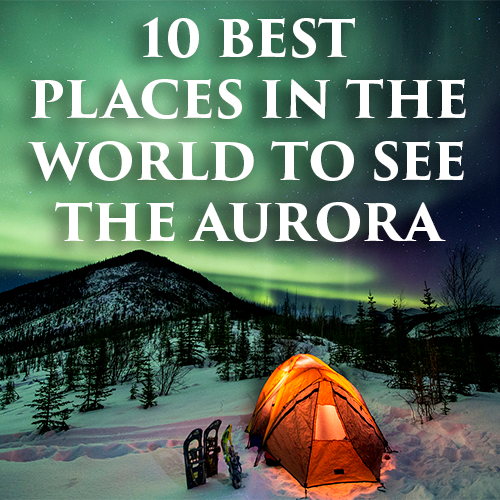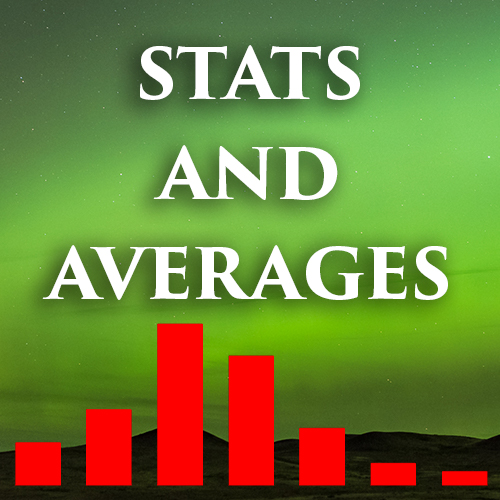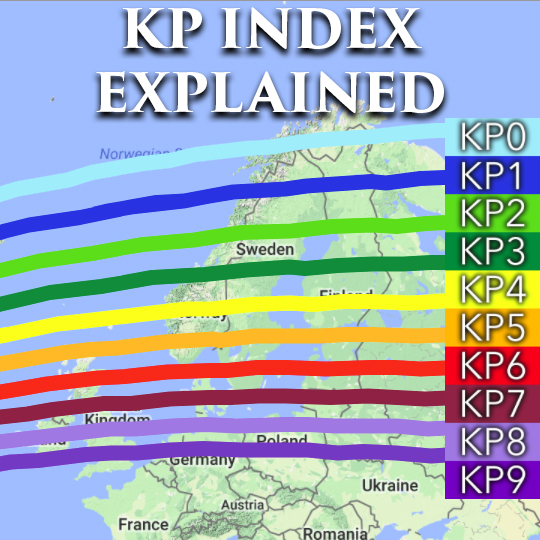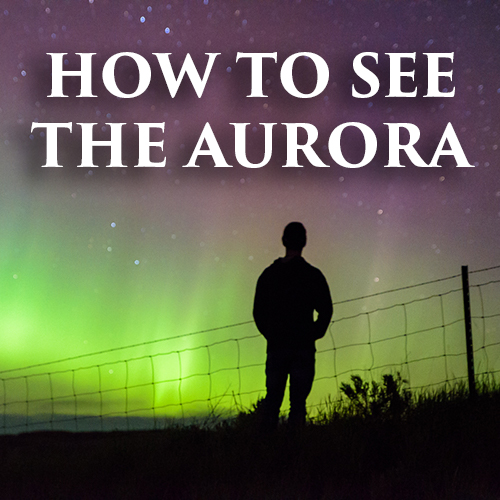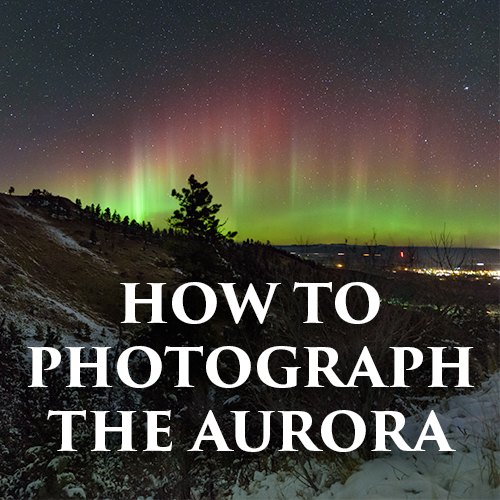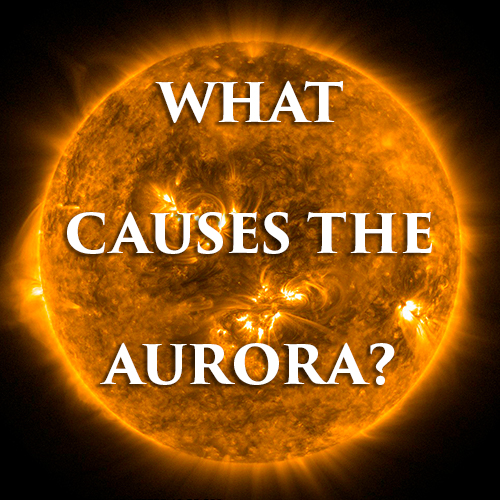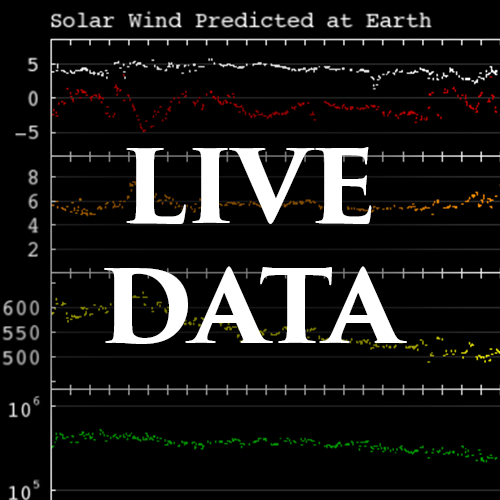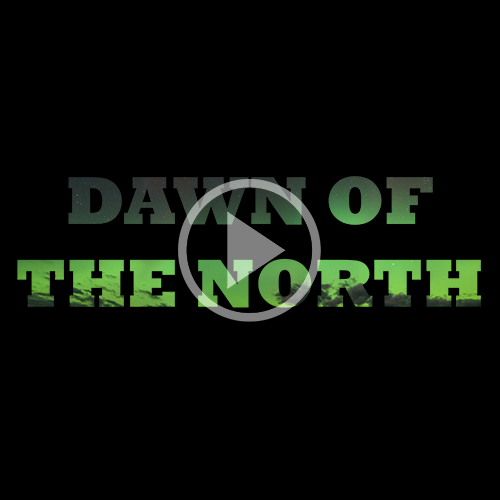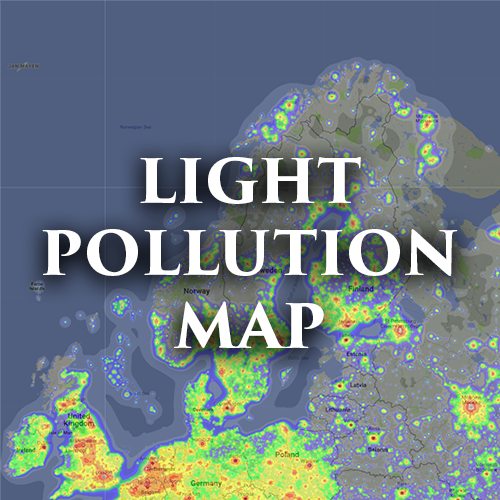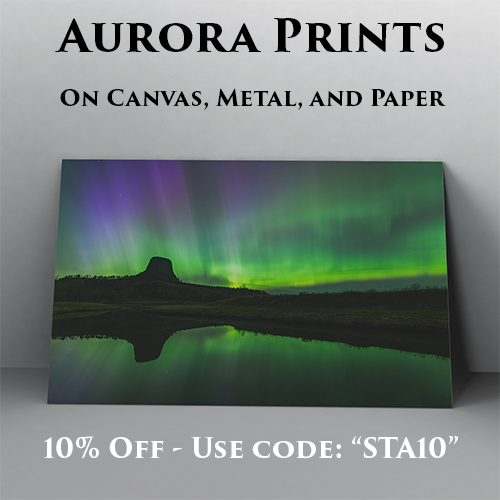Welcome to SeeTheAurora.com
Seeing the aurora is a goal for many, but a lot of people don’t know how. Many are unaware that the northern lights can even be seen in the lower US. I created this website as a guide for those who want to learn all about the northern lights and how to view and photograph them. It was October 24, 2011 when I saw the aurora borealis for the first time. Despite living beneath the bright light pollution of northern Illinois, I watched in amazement as half the sky was filled with color. Red, purple, and green pillars rose up and exploded across the northern sky, changing by the second. Ever since then I’ve been hooked. In the years since I’ve been privileged to see and photograph the northern lights more than 100 times from 8 US states and 5 countries. No two displays are alike, they always vary in color, shape, and intensity.
Upcoming:
- Guide to Seeing the Aurora in Alaska
- Guide to Seeing the Aurora in Yellowknife
- Best Places in the US to See the Aurora
- How to Time Lapse the Aurora

